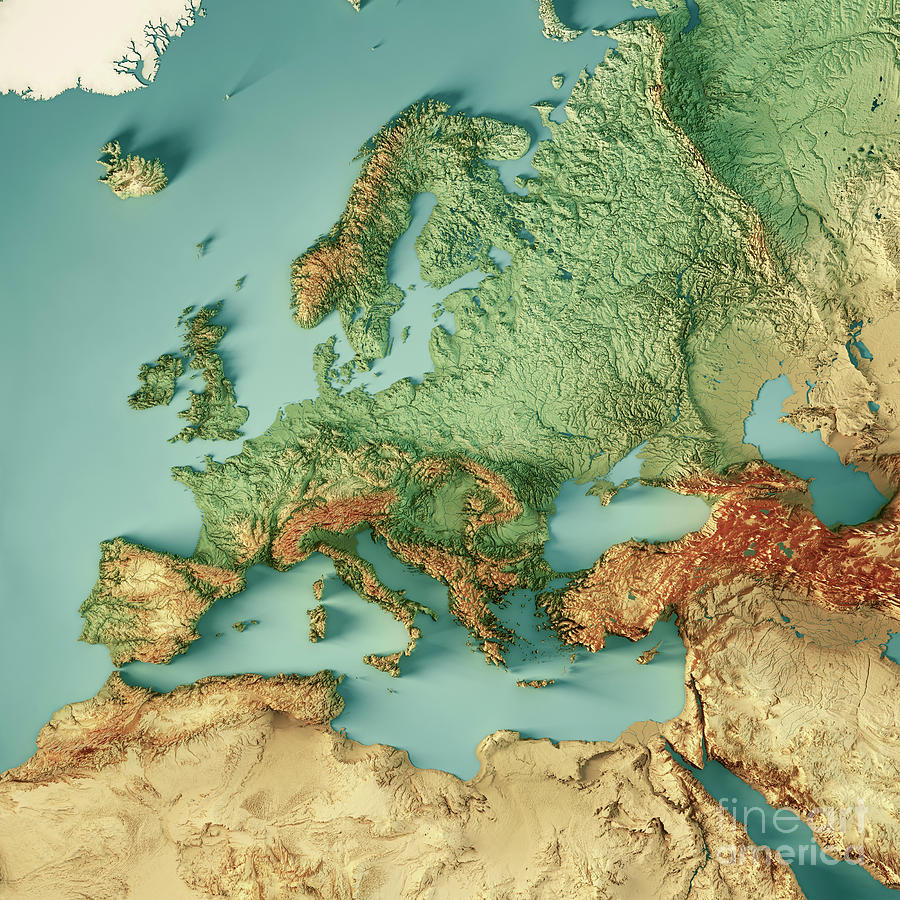First: what time frame is the reference here? We know about different european cultures dating back a couple of thousand years and cultures and borders were ever shifting. Compare the Holy Roman Empire with germanic tribes during the (actual) Roman Empire, or the Frankish realms with celtic tribes before the Roman conquest. OP on reedit says they defined “regions” as locations with borders that were in place for centuries (which has rarely happened throughout the history of Europe) and developed regional cultural identities (which they completely missed).
Second, regarding Germany (especially northern Germany), it’s inaccurate.
For example, what they marked as Oldenburg seems fairly accurate at first glance, but the actual Grand Dutch of Oldenburg existed only from 1815 till 1918 and also included the Dutch of Lübeck at the Baltic Sea and the Dutchy of Birkenfeld in southern Rhineland-Palatinate. You could argue it existed through the Weimar Republic and the Third Rich (adding 27 years to its existence, but 130 years is still not “centuries”). When it became an administrative district in the Federal Republic of Germany 65 years ago, it lost its exclaves Lübeck and Birkenfeld. 65 years is still not centuries.
The region called “Elbe” is even less accurate. It shows only a part of the Elbe-Weser-Triangle, an area that at times was two territories, Bremen and Verden, later the territory Bremen-Verden and was times ruled by the Holy Roman Emperor, Sweden, napoleonic France and the German Reich. But again, what is called “Elbe” here is only a part of said territory and contains Hamburg (which was never part of Bremen-Verden). Also, in more ancient times, it was part of the saxon tribal area, like Holstein, too.
East- and Westphalia are much bigger here than the actual historical regions. Eastphalia was split up in 1180, while Eastwestphalia (yep, this is a thing) and Westphalia still exist today.
And all these borders have very little to do with cultural identities. Those close to the coastlines (and by close I mean like almost directly on the dikes) have more in common with each other than with those more inland. People who live by the North Sea in Holstein have more in common with people living in “Elbe” (I hate this name for a region. The Elbe is a river that traverses from Czechia through Bohemia, Saxony, etc all the way into the North Sea) or the coastal areas of Oldenburg than the letters have in common with people in the city of Oldenburg.
Historic regions and cultures are always time specific. If you want to make such maps, decide if you want to make it political or culturalor whatever, and pick a specific time frame you want to depict. Everything else leads to inaccuracies


I’m not surprised. I get the idea trying to display regions that don’t exist anymore, but it’s an utterly foolish attempt to try and display regions from different time periods and the same map.